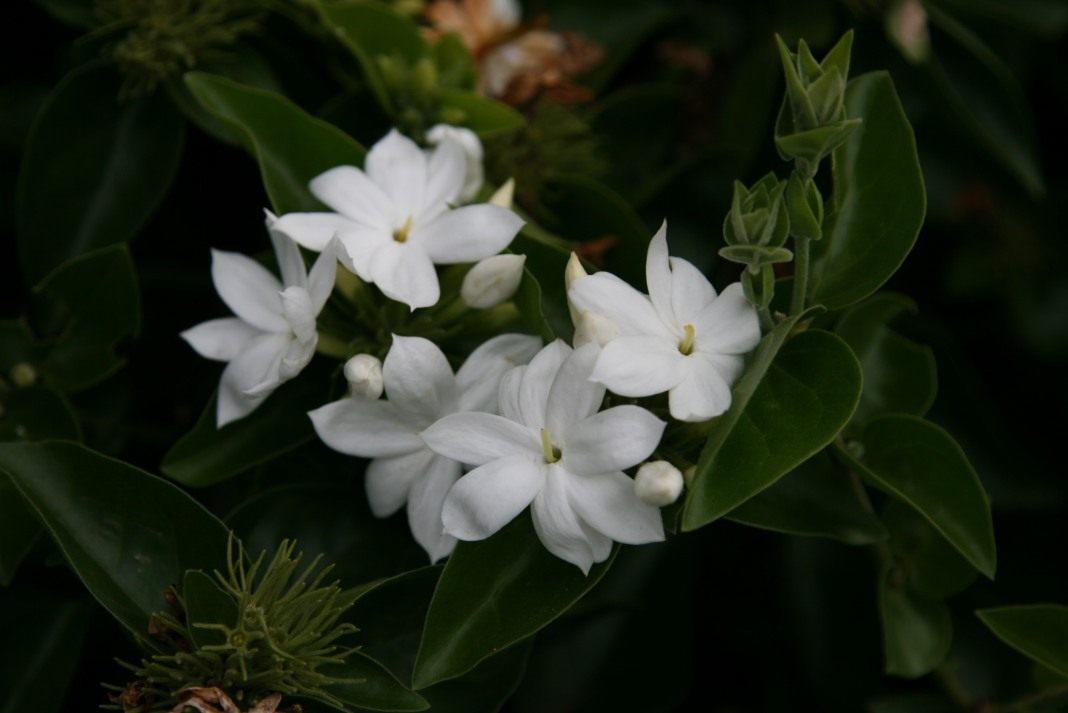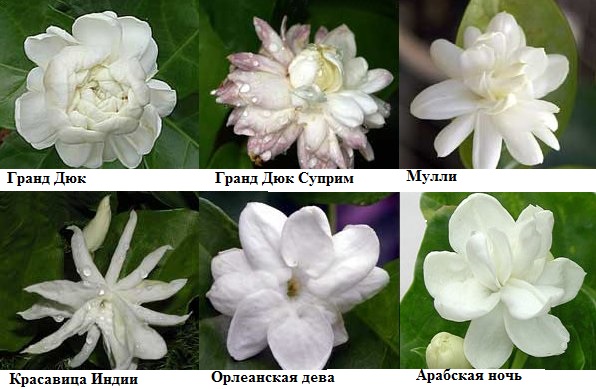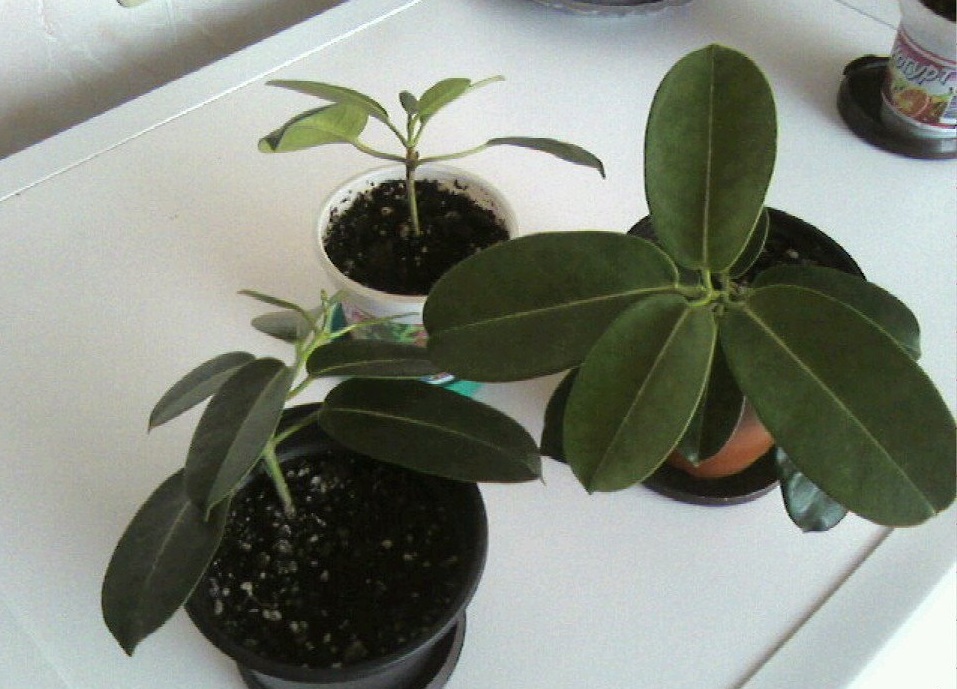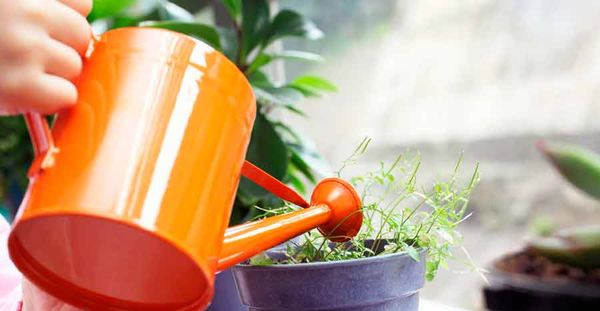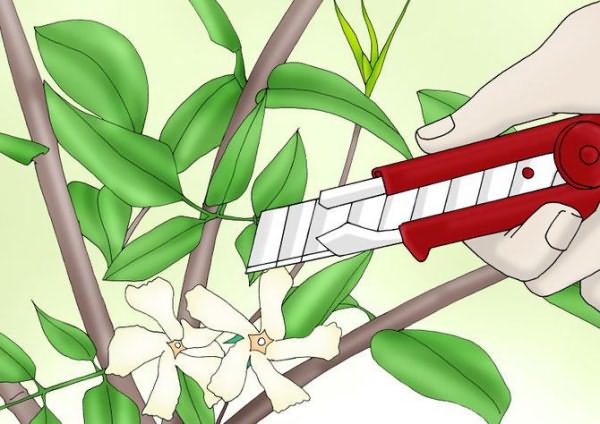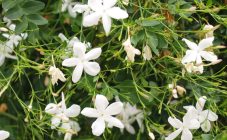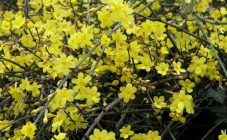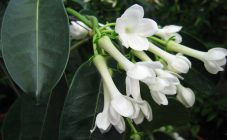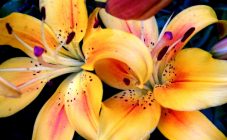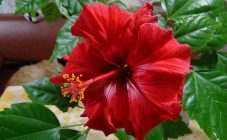Content:
Many gardeners plant jasmine bushes in their garden plots, as this flowering perennial has a high decorative effect and a pleasant delicate aroma of blossoming buds. There are many signs and beliefs associated with this beautifully flowering shrub. And breeders have bred jasmine varieties that are grown at home. And one of the brightest representatives of such indoor plants is Sambac jasmine.
Brief description of the plant
Jasmine is a perennial shrub with small flowers at the ends of erect shoots. The aroma of these white flowers is strong enough, many people note that in an enclosed space, the smell of blooming jasmine can become a source of headaches. Shoots - thin, smooth to the touch, they have a large number of unpaired pinnate leaves.
Under natural conditions, this shrub grows in many countries in the south of Western Europe, it is also found in Turkey, Israel, Syria and Georgia.
Description of the variety
This type of indoor plant is an evergreen, usually a climbing or climbing shrub. The foliage is simple, trifoliate, pinnate, ovoid, leathery. The length of the leaves is 3-9 cm, they are located opposite each other. Blooming flowers - regular double or semi-double elongated shape, similar to a thin pipe. Sepal is small, about 1 cm in diameter.
Shoots are thin, brown in color, similar to tree branches. The corolla of the flowers can be white, red or yellow. Small fruits appear on the upper ovaries after ripening.
Jasmine Sambac has several varieties. The following varieties are most popular with florists:
- jasmine Grand Duke - this perennial requires special care, but as a result, you can enjoy its abundant flowering all year round. Its flowers are large, double and double. The rules for the care and reproduction of the Grand Duke jasmine can be found below;
- jasmine Arabian Knights - This perennial shrub grows rapidly. This indoor perennial can be grown on well-lit windowsills and in light partial shade. It should be watered sparingly, not allowing the topsoil to dry out. Observing the conditions of care, you can observe the flowering of Arabian jasmine from the first decade of March to the second decade of October;
- jasmine Beauty of India - this variety appeared for the first time in India, where it was bred by local breeders. This variety is a fast growing shrub. The flowers blooming on the shoots have the correct shape and a pair of stamens inside the buds. This variety of jasmine can bloom all year round;
- jasmine of the Virgin of Orleans is also a fast growing perennial shrub. Bred by breeders from India. The flowers have the correct shape, the buds bloom for one day, then the petals crumble, and new flowers appear instead. The main thing when caring for this perennial is not to overmoisten the soil during watering.
Landing
Jasmine Sambac is a heat-loving plant, therefore, in the conditions of our country, it grows in open ground only in the southern regions. And in colder areas, it can be grown in apartments.Moreover, in winter it is grown in large tubs or other similar containers, and in the warm season it is taken out to the balcony or taken out to the garden plot.
Land for planting should be loose, moisture and air permeable. You can buy a suitable substrate (for flowering shrubs) in a specialty store or prepare it at home. To do this, mix the soil from the garden with high peat and river sand (proportion - 1: 1: 1).
For planting seedlings of this jasmine, you should take a small container (no more than 2 liters), in the bottom of which there is always a drainage hole. A drainage layer is laid out in the pot, then it is filled with a nutrient substrate, in which the plant is planted.
Home care for Jasmine Sambac
The most whimsical jasmine is the Grand Duc, which requires more complex care than others. But this article will discuss the general rules for caring for jasmine at home.
Since this perennial grows in an apartment in small containers, it needs feeding during the season. Once every 30 days in the period from the first ten days of March to the last ten days of October, a top dressing containing nitrogen, potassium and phosphorus is applied. But nitrogen is introduced only while the vegetative mass of jasmine is growing. And when buds appear on the plant, nitrogen fertilizers should be stopped.
Home-grown jasmine does not require abundant watering, and some varieties grow better with a periodic lack of moisture in the soil. The water should be filtered, room temperature and slightly acidic. In winter, the amount of watering should be reduced. Also, you should not allow stagnation of moisture in containers.
This plant requires high humidity, so the foliage should be regularly sprayed, and trays with water should be installed next to the pot.
Jasmine Sambac loves bright lighting, so in the summer it should be taken out on a south-facing balcony. And in spring and autumn, this flower should be highlighted, because jasmine needs at least 12-13 hours of daylight hours. If the perennial does not have enough light, it grows worse, and over time it may die. The temperature in the apartment should be at least 15 ⸰С, and drafts are contraindicated for jasmine.
Plant pruning is carried out in the spring, all dry, broken or damaged shoots are removed. Long shoots are reduced by cutting in half. After flowering, the shoots should be pinched. This procedure allows lateral shoots to develop, flowering improves.
Taking care of jasmine at home is not difficult and even beginner growers can do it.
Diseases and pests, control methods
The bushes of this perennial should be regularly inspected in order to notice signs of disease or pest damage in time. Of the pests, this perennial can infect:
- thrips;
- shield;
- aphid;
- spider mite.
These harmful insects affect the entire aerial part of the plants, and if measures are not taken in time, jasmine can die. At the first signs of the disease, the aerial part is treated with special insecticides. And in order to prevent jasmine is periodically placed under a hot shower.
This perennial shrub is often used in landscape design. It is planted both separately and in combination with other flowers and perennial shrubs, including conifers.You can also use this shrub as a hedge. With proper care, it will invariably delight the eye.
